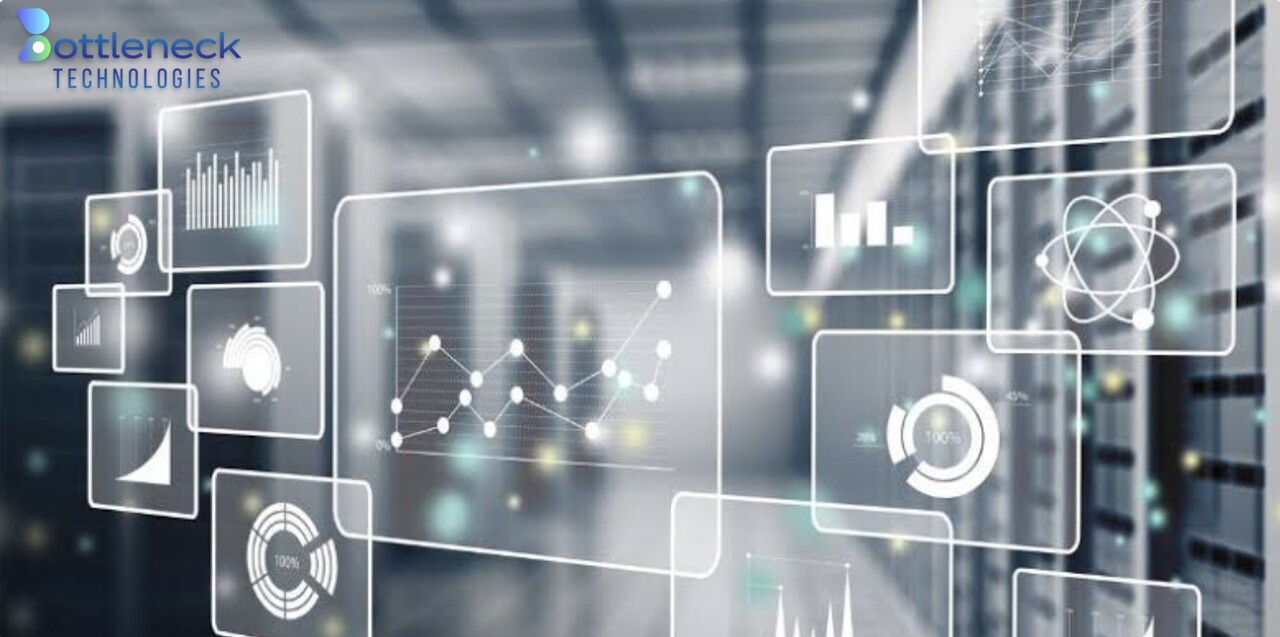Data Analytics
Data Analytics
August 12, 2024

Data Analysis- Types, Role & Tools
Data analytics is a technique of examining, cleaning, altering and abstracting data to extract accurate information that can prove itself to be an import object in the decision making.
In today’s world when we are taking a walk towards modernity, data analysis has become the soul of every rising business. After Data scraping, data analysis has been widely adopted by the marketers to enhance their business by cranking their research up a notch in a more smart way.
Data analytics encompasses some crucial objects that are must in any initiative be it a small scale business to a well developed one. The components, when organised together gives a successful data analytics that proves the exact status of where your organisation was, where is it now and where should it be in the future.
How to do data analysis?
Data analysis is a simple process, it is no rocket science. When done correctly, it proves to perk-up your initiative to a zenith. Here are some ways in which data analysis can be performed.
– Usually, the process marks its beginning with a descriptive or a detailed analysis, this process involves displaying the historical or ancient trends in data. The descriptive analysis focuses to answer on an array of questions including the crucial indicator such as the return of investment aka ROI. The detailed or descriptive analysis does not make predictions based on augurated data, it focuses more on summing up the information in a crisp and a detailed way.
– Advanced analytics is yet another approach for attaining the data analysis which involves contemporary tools to extricate the data and come across new trends. Classical statistics and machine learning are two major tools involved in this process, various machine learning technologies such as neural networks, natural language processing, sentiment analysis and more give access for advanced analytics.
– Machine learning technologies have now become so widely accessible that numerous industries have adopted the use of this technique. Big data analytics is very useful in drawing relevant interpretation from a reliable source.
Type of Data Analytics
Data analytics ranges in variety and has now become a broad field. Contemporarily, there are four types of data analytics-
1. Descriptive analytics
This method is used, to sum up, the short and crisp information from large sets of database or information attained from a particular source and providing an organised report to the stakeholders. Key performance indicators are used to keep a track on the success or failure, this step majorly involves collecting the accurate information, examining it and summarising it. This process requires digging deep into the data which is already provided, “In short, this process just answers the question of what happens.”
2. Diagnostic analytics
Diagnostic analysis majorly helps in determining “why are things going to happen”. This process involves more basic detailed data. The data is collected just to conclude why did things get better or worse, the reasons are held accountable for the success or failure.
3. Predictive analytics
As the name suggests, this procedure predicts the future based on historical events that have already occurred, the predictions include whether or not the event is going to reoccur. The predictive analytical tool gives a valuable glimpse of what can happen shortly, the process involves numerous statistical and machine learning techniques like neural networks, decision trees, and regression.
4. Prescriptive analytics
After you have completed the predictive analysis, this process will help you in providing data-driven decision to kick-boost your strategy by making an informed decision. Accurate analytic techniques mostly depend on machine learning methods that can find a pattern in huge datasets. When an organisation analyses past decisions and events the likelihood of various outcomes can be expected.
Each of these types has a different approach and aim in the process of data analysis. These types of data analytics display the glimpse that organisations need to make productive and fruitful decisions. Used in combination they provide a well-rounded understanding of a companies needs and opportunities.
What is the Role of Data Analytics?
Data analytics is considered to be the heart and soul of Information Technology, Statistics and Business. The major role of an analyst is to discover various ways in which an organisation can increase its efficiency and enhance the performance to reach on the top.
Like every other process, even data analysis has an organised structure in which it is meant to be performed. Data mining is followed by data management which is followed by statistical examination and finally the presentation of the data. Due to the successful result, it is now used almost in every sector of the industry to succeed in this competitive world.
It was adopted in the financial sector at first and now this process holds the power to give detailed information on prevention of crime, healthcare, environmental enhancement and many other techniques that can make this world a better place to live.
Data Analysis Process-
The data analysis process is collecting the information with the use of the right tool which gives you access to go through the data and find a sample. You can make a decision or decipher a conclusion based on the derived information.
Data analysis consists of the following phases-
- Data Requirement Gathering
- Data Collection
- Data Cleaning
- Data Analysis
- Data Interpretation
- Data Visualization
1. Data Requirement Gathering
This is the most initial step of data analysis which gives the user a clear picture of why is the data analysis required, what kind of data analysis is required and how much of it must be done.
2. Data Collection
Now that you are done with the first step, you will develop a certain amount of idea about what your data must be and the measure in which you need it. Start collecting the data on whatever topic you want to, remember to organise it so that it is available in a structural form, making the process easier. Collect as much data as you can, remember to jot down the important information like the date, source etc.
3. Data Cleaning
As mentioned, collect as much data as possible, however, it is not mandatory that all the stored data will be relevant in your research, now comes the time when you get rid of all the information that does not fit in the process. Make sure to make your data free of any error before you perform the analysis as data cleaning enhances a clear picture of data analysis which eventually affects your overall outcomes.
4. Data Analysis
Now as the data is gathered, collected and cleaned it is now ready for analysis. The analysis is the process which uses different tools to get the data which will help in comprehending, predicting and drawing conclusions as per your requirements.
5. Data Interpretation
After you’ve successfully analysed your data, its time to interpret the results, it can either be in simple words or a structural form such as a table or charts.
6. Data Visualisation
It is used to discover facts and trends and is arranged in graphs and charts so that it can be understood by the human brain at ease. Arranging the data and comparing it would be very helpful in visualising the data.
Top 10 data analytics tool to use
1. R Programming
2. Tableau Public
3. Python
4. SAS
5. Apache Spark
6. Excel
7. Rapid Miner
8. Knime
9. QlikView
10. Splunk





